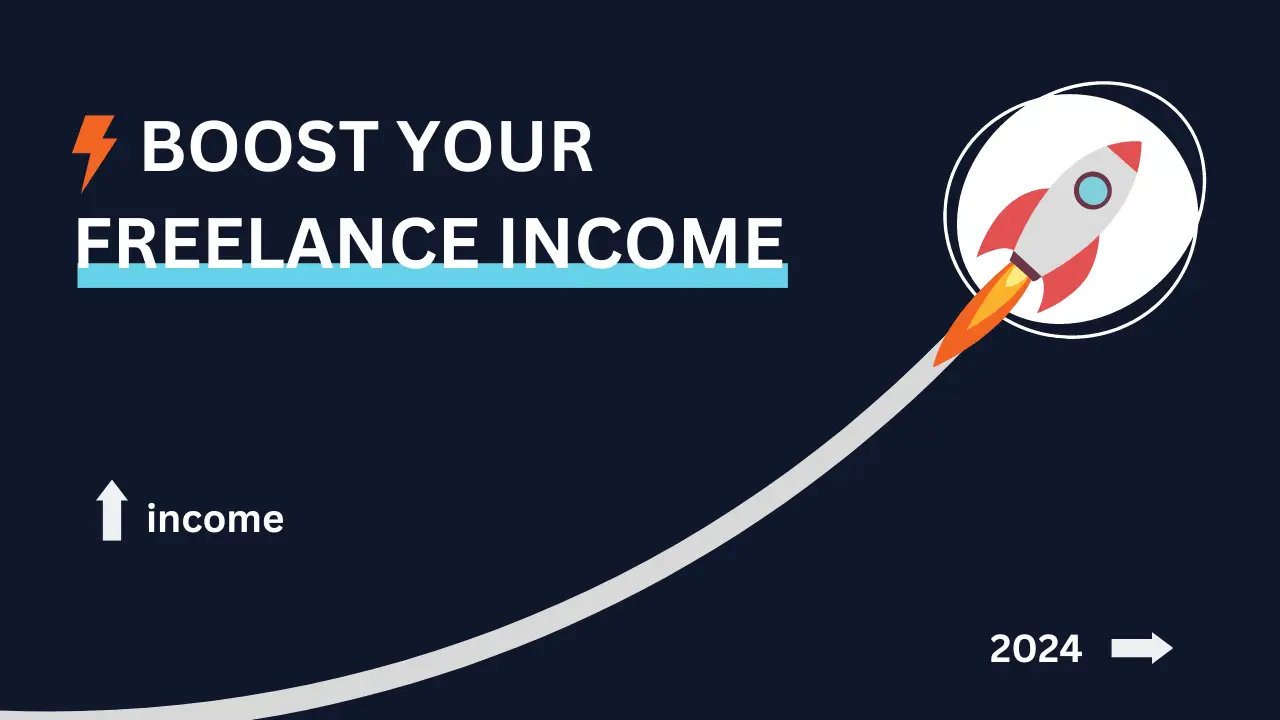How to start freelancing has become a popular question in today’s dynamic job market. Freelancing offers flexibility, independence, and the opportunity to work on diverse projects. However, knowing how to start freelancing can be daunting for many.
In this guide, we’ve covered everything you need to know about how to start freelancing. From assessing your skills to building your online presence, each step is crucial in understanding how to start freelancing effectively. By following these steps, you’ll be well on your way to becoming a successful freelancer. So, if you’re ready to take the plunge, use this guide to learn how to start freelancing and begin your journey toward a rewarding freelance career.
Table of Contents
Step 1: Assess Your Skills and Interests
Before you start freelancing, it’s crucial to assess your skills and interests. Identify what you’re good at and what you enjoy doing. This will help you determine your niche and find marketable skills. For instance, if you have experience in graphic design or web development, you can focus on these areas to offer specialized services. Understanding how to start freelancing begins with knowing what you can offer and what you are passionate about.
To get started, make a list of all your skills, including hard skills like coding, writing, or designing, and soft skills like communication, time management, and problem-solving. Once you have this list, highlight the skills that are most marketable and align with your interests. This self-assessment will provide a strong foundation as you start freelancing.

Step 2: Research the Market
Understanding the market demand for your skills is essential in learning how to start freelancing. Conduct thorough research to identify your target audience and study your competition. This will help you tailor your services to meet market needs and stand out from other freelancers. Look at popular freelancing platforms and job boards to see what clients are looking for.
Analyze the types of projects that are in demand and the rates clients are willing to pay. This research will not only help you understand the market but also enable you to position yourself strategically. Additionally, consider joining online communities and forums related to your niche to gain insights and connect with potential clients.
Step 3: Create a Business Plan
A well-thought-out business plan is a cornerstone of starting a successful freelancing career. Set clear goals and objectives, define your services and pricing, and develop a marketing strategy. Having a business plan will guide your efforts and keep you focused on your goals. Knowing how to start freelancing effectively involves planning your business approach meticulously.
Your business plan should include an overview of your services, target market, competitive analysis, marketing plan, and financial projections. This document doesn’t have to be lengthy, but it should be comprehensive enough to guide your business decisions. Revisit and revise your business plan regularly to ensure it remains aligned with your goals and market trends.
Step 4: Build Your Online Presence
An online presence is vital for attracting clients and is a key part of understanding how to start freelancing. Create a professional website to showcase your skills, services, and portfolio. Your website should include an about page, a list of services, a portfolio of your work, and contact information. It should be visually appealing, easy to navigate, and optimized for search engines. Set up social media profiles to connect with potential clients and join freelancing platforms like Upwork, Fiverr, or Freelancer. This will increase your visibility and make it easier for clients to find you.
When building your online presence, ensure that your branding is consistent across all platforms. Use the same profile picture, logo, and color scheme to create a cohesive and professional image. Regularly update your website and social media profiles with new projects, blog posts, and industry insights to keep your audience engaged.
Step 5: Develop a Strong Portfolio
Your portfolio is your showcase of work and a powerful tool to attract clients. Include your best projects, testimonials, and case studies to demonstrate your expertise and success. Keep your portfolio updated with new work to show your growth and capabilities. Developing a strong portfolio is a crucial step in how to start freelancing successfully.
When selecting projects for your portfolio, choose those that best represent your skills and the type of work you want to attract. Each project should include a brief description, your role in the project, and the results achieved. Client testimonials and case studies can provide social proof and help build trust with potential clients.
Step 6: Network and Market Yourself
Networking is key to growing your freelance business and is an integral part of how to start freelancing. Attend industry events, conferences, and online webinars to meet potential clients and other freelancers. Use social media to market yourself and connect with clients. Leverage word-of-mouth and referrals by asking satisfied clients to recommend you to others.
To effectively network, have a clear elevator pitch ready that summarizes who you are, what you do, and the value you offer. Be proactive in reaching out to people in your industry and building relationships. Participate in online discussions, share valuable content, and offer help where you can to establish yourself as an authority in your field.

Step 7: Manage Your Finances
Proper financial management is crucial for freelancers and is a key part of how to start freelancing on a solid footing. Set up a business bank account, track your income and expenses, and plan for taxes and savings. Use accounting software to keep your finances organized and ensure you’re prepared for tax season.
Create a budget to manage your expenses and forecast your income. Set aside a portion of your earnings for taxes, savings, and unexpected expenses. Consider consulting with a financial advisor or accountant to ensure you’re managing your finances effectively and complying with tax regulations.
Step 8: Stay Organized and Productive
Staying organized and maintaining productivity can be challenging when you start freelancing. Use project management tools to keep track of tasks and deadlines. Set a schedule and stick to it, balancing work and personal life to avoid burnout. Staying organized and productive is essential in learning how to start freelancing effectively.
Create a dedicated workspace that is free from distractions and conducive to productivity. Establish a routine that includes regular breaks and time for self-care. Prioritize your tasks based on deadlines and importance, and use productivity techniques like the Pomodoro Technique to stay focused and efficient.
Starting a freelancing career can be exciting and rewarding. By following these essential steps on how to start freelancing, you can build a successful and sustainable business. Assess your skills, research the market, create a business plan, build your online presence, develop a strong portfolio, network, manage your finances, and stay organized. With dedication and persistence, you can catapult your online impact and enjoy the benefits of freelancing. Start your freelancing journey today and embrace the freedom and opportunities it offers.



